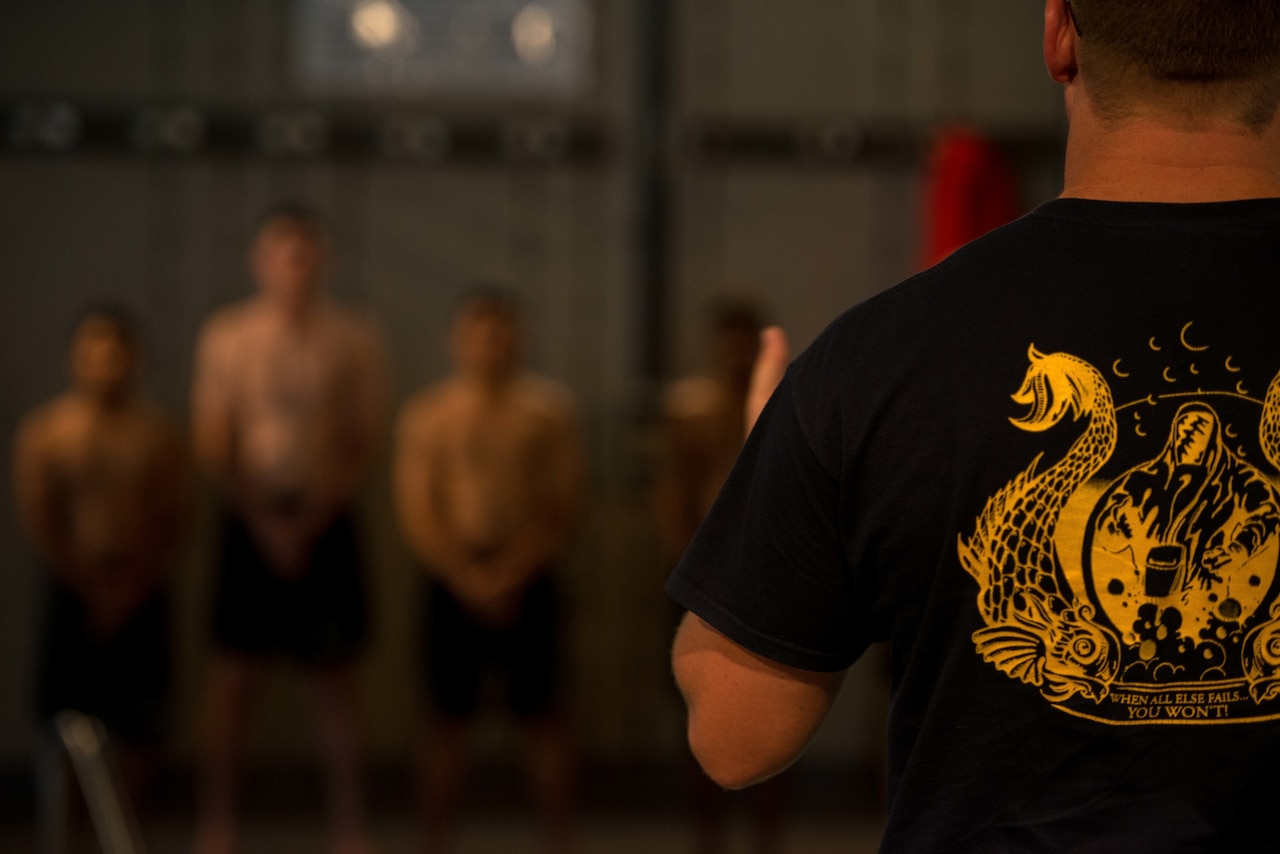As you said repeatedly throughout the reset of the thread, you did not actually say that a diver should hold the breath during the ascent, but that is what most people would infer from what you wrote. I sure did, and that is after rereading it after your strongly worded attacks on the reading ability of those who said you did.I would expect all divers to be able to hold their breath for at least a minute or else they probably aren't fit enough to dive.
A joint DAN/PADI study on dive fatalities found that an air embolism following a rapid ascent to the surface (with the diver obviously holding the breath) is the number one incident-related reason for dive fatalities. That is why I am so obsessed with two things I see repeated over and over and over and over on ScubaBoard (including this thread):
- It would be really hard to get to the surface in an out of air emergency.
- Your ability to get to the surface in an out of air emergency depends upon your ability to hold your breath.
- Training for escape from submarines has had sailors successfully reach the surface from 300 feet, starting after they exhale first and then continuing to exhale all the way to the surface.
- If you are exhaling all the way to the surface, your ability to hold your breath has zero, nada, nil, nothing to do with your ability to get to the surface.




